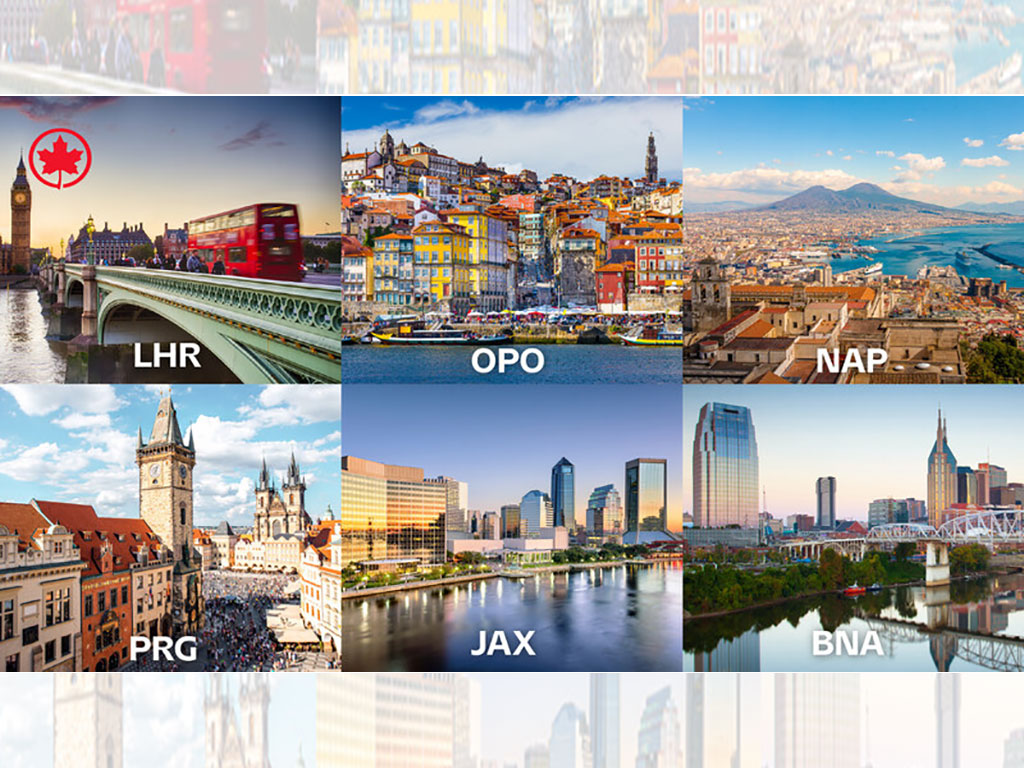Exports From International Tourism Hit US$1.7 Trillion
Exports generated by international tourism reached US$1.7 trillion in 2018, a 4% increase in real terms over the previous year, a new report from the World Tourism Organization (UNWTO) shows.
For the seventh year in a row, tourism exports grew faster than merchandise exports (+3%), reflecting solid demand for international travel in a generally robust economic environment.
Strong growth in outbound travel from many source markets around the world fuelled revenues from international tourism to reach a total US$1.7 trillion. This accounts for 29% of global service exports and 7% of overall exports of goods and services. These figures consolidate international tourism among the top five economic sectors in the world, behind chemical manufacturing and the fuel industry but ahead of the food and automotive industries.
“Rather than growing in volume we need to grow in value. We are pleased to see that both emerging and advanced economies around the world are benefiting from rising tourism income,” said UNWTO Secretary-General, Zurab Pololikashvili. “Revenues from international tourism translate into jobs, entrepreneurship and a better situation for people and local economies, while reducing trade deficits in many countries.”
Total exports from international tourism include US$1.448 billion in international tourism receipts (visitor spending in destinations) and US$256 billion in international passenger transport services. Tourism constitutes a key source of foreign exchange and a major tool for export diversification for many destinations.
International tourism receipts increased 4% in real terms (adjusting for exchange rate fluctuations and inflation) to reach US$1.448 billion in 2018, about US$100 billion more than the previous year. This is consistent with the 6% increase in international tourist arrivals in 2018.
By regions, Asia and the Pacific led the way with 7% growth in international tourism receipts, followed by Europe with a 5% increase. The Middle East saw 3% growth, while Africa (+1%) and the Americas (0%) recorded more modest results. Central and Eastern Europe and North-East Asia (both +9%) were the sub-regions with the strongest growth.
Among the world’s top 10 source markets, France and the Russian Federation both recorded 11% growth in outbound spending in 2018, while Australia saw a 10% increase.
China, the world’s top spender reported US$277 billion in international tourism expenditure in 2018, a 5% increase in real terms from a year earlier, while the United States, the second largest, spent 7% more, to reach US$144 billion.
International expenditure from the United Kingdom grew 3% in 2018, and 4% from Italy, while Germany and the Republic of Korea both reported rather flat results. Further down the ranking, Spain enjoyed 12% higher spending on international tourism in 2018.



